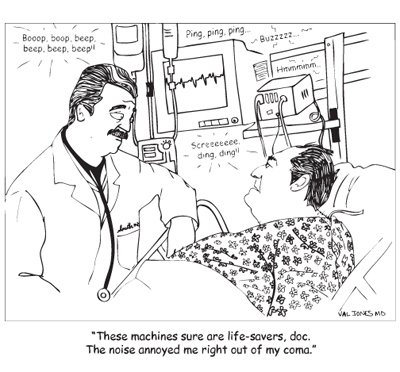June 30th, 2011 by admin in Health Policy, Opinion
No Comments »

According to Kendra Blackmon at FierceEMR.com and a new study published by the National Institute of Standards and Technology (NIST), the answer is maybe.
Earlier this year, NIST published a report – Human Factors Guidance to Prevent Health care Disparities with the Adoption of EHRs – which declares that “wide adoption and Meaningful Use of EHR systems” by providers and patients could impact health care disparities.
Making this happen, however, will require a different way of thinking about electronic health records (EHRs). While the report notes that EHRs primarily are used by health care workers, patients still interact with these systems both directly – such as through shared use of a display in an exam room – and indirectly. For patients to obtain the intended benefits of this technology, EHR systems should display or deliver information in a way that is suitable for their needs and preferences, the report says. Read more »
*This blog post was originally published at Prepared Patient Forum: What It Takes Blog*
April 8th, 2010 by DavidHarlow in Better Health Network, Interviews, Opinion, Research
No Comments »

GE Healthcare IT has been working in the years leading up to the HITECH Act on a number of initiatives to enable meaningful use of healthcare IT — or as Senior VP and General Manager of eHealth Earl Jones puts it, building the “connected healthcare ecosystem.”
In what may be seen as either a pragmatic move or a revolutionary one, GE is developing tools that allow for communication across healthcare IT systems — not just connecting one GE Centricity installation with another — but acting as a technology-agnostic bridge for information across healthcare IT systems and across health systems.
While Jones notes that we’re in the early stages of linking isolated lilypads across the surface of a pond, GE is developing tools that not only facilitate interoperability, but also facilitate the dissemination of medical knowledge and the use of clinical decision rules developed locally or by pacesetting health systems (e.g. Mayo, Intermountain). Read more »
*This blog post was originally published at HealthBlawg*












